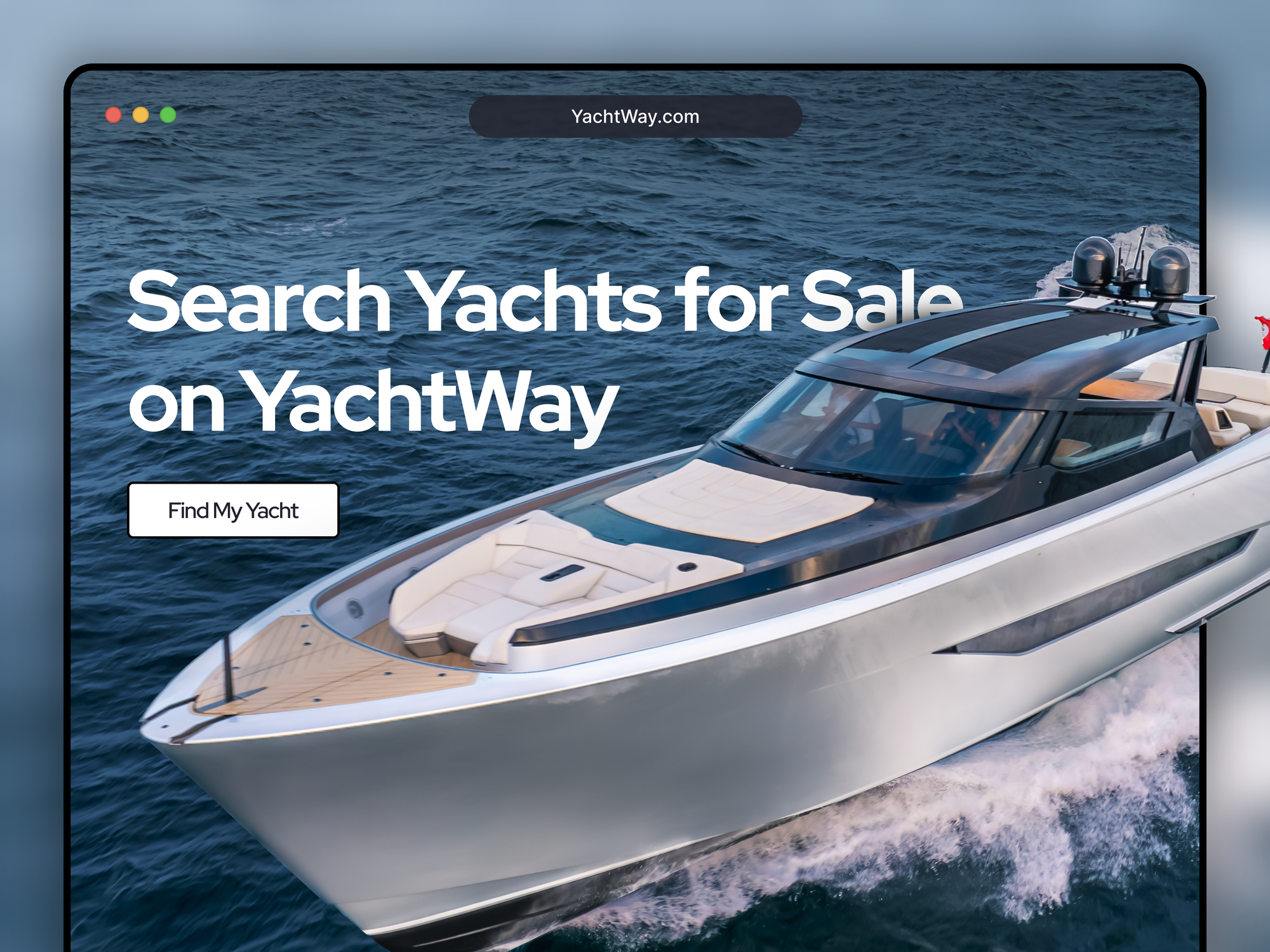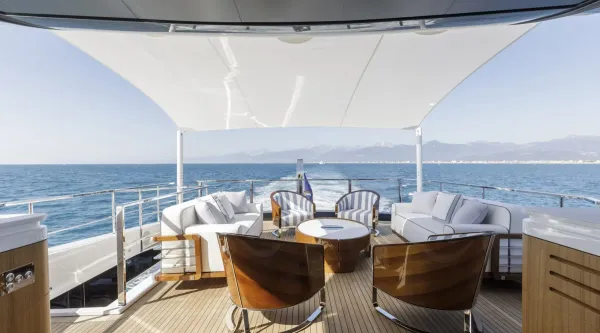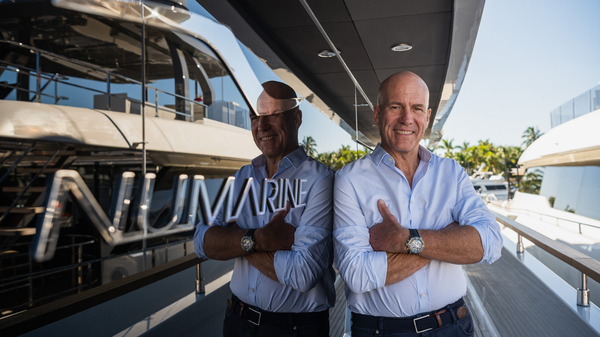Catamarans for Sale: The Ultimate 2025 Buyer’s Guide
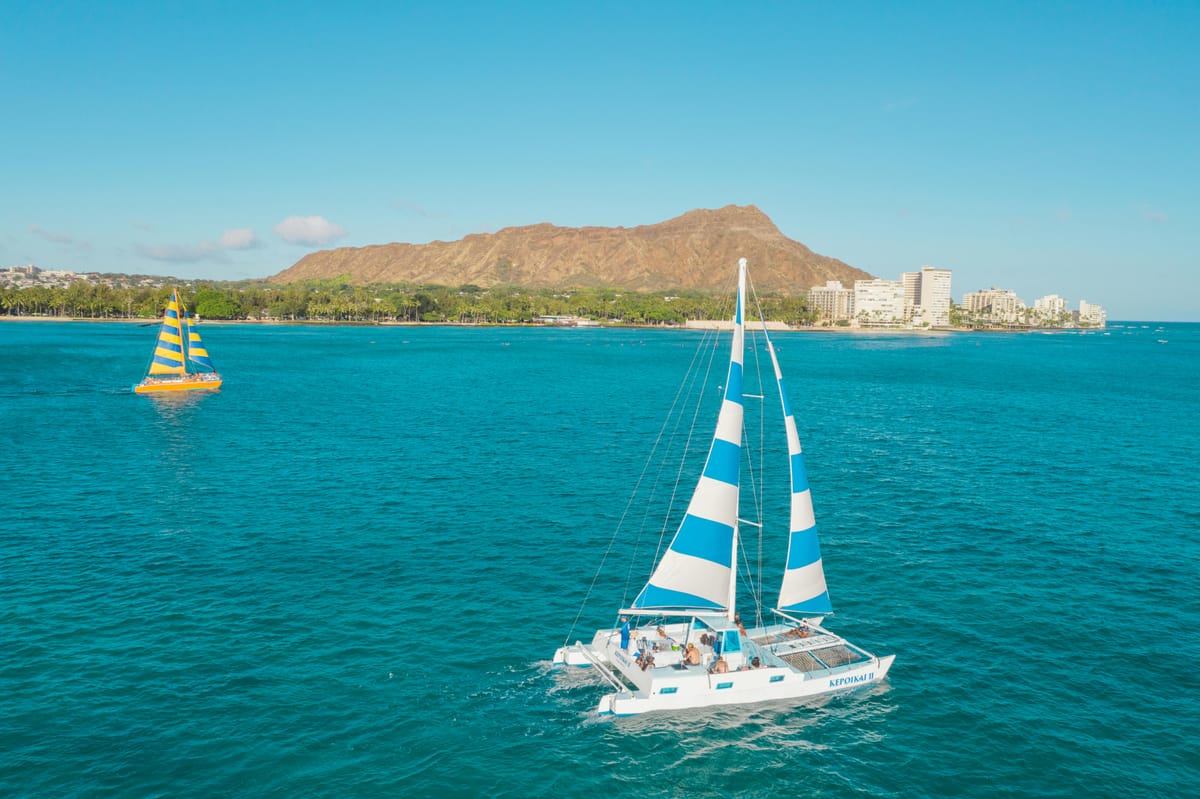
Are you ready to explore why catamarans are dominating the 2025 yachting landscape? From unparalleled stability and efficiency to spacious living areas and versatility, these vessels present an irresistible option for cruisers, charterers, and liveaboard enthusiasts alike. In this 1,500‑word deep dive, we'll guide you through everything you need to know about catamarans for sale —from technical considerations and budget breakdowns to top models on the market—so you can confidently navigate toward your dream catamaran.
1. Why Choose a Catamaran?
a. Stability & Comfort
One of the most compelling features of catamarans is their twin‑hull design. This provides incredible stability—far plainer than monohulls—making them gentler in waves, more comfortable at anchor, and easier for seasick‑sensitive guests or elderly passengers to enjoy.
b. Spacious Interiors
Catamarans offer expansive living quarters thanks to dual hulls and a broad beam. Expect up to 40% more interior volume versus comparable monohulls. Open saloons, full galley layouts, multiple heads, and private cabins are the norm, making them ideal for families, groups, or charter operations.
c. Shallow Draft Access
Flat-bottomed hulls allow catamarans to navigate shallow coastal waters and secluded anchorages that monohulls avoid. Their minimal draft means closer approaches to beaches, coral reefs, and protected bays—you won’t have to limit your cruising grounds.
d. Greater Speed Under Power
While under sail, catamarans may experience slightly reduced light‑air performance. Under power, however, they shine: light displacement and twin engines typically deliver superior speed and high fuel efficiency for coastal and passage making.
e. Charter Appeal & Resale Value
Catamarans dominate the charter market, especially in popular destinations like the Caribbean, Seychelles, and Mediterranean. This demand helps stabilize their resale values, too—especially for well-maintained, widely supported builds like Lagoon, Fountaine Pajot, and Leopard.
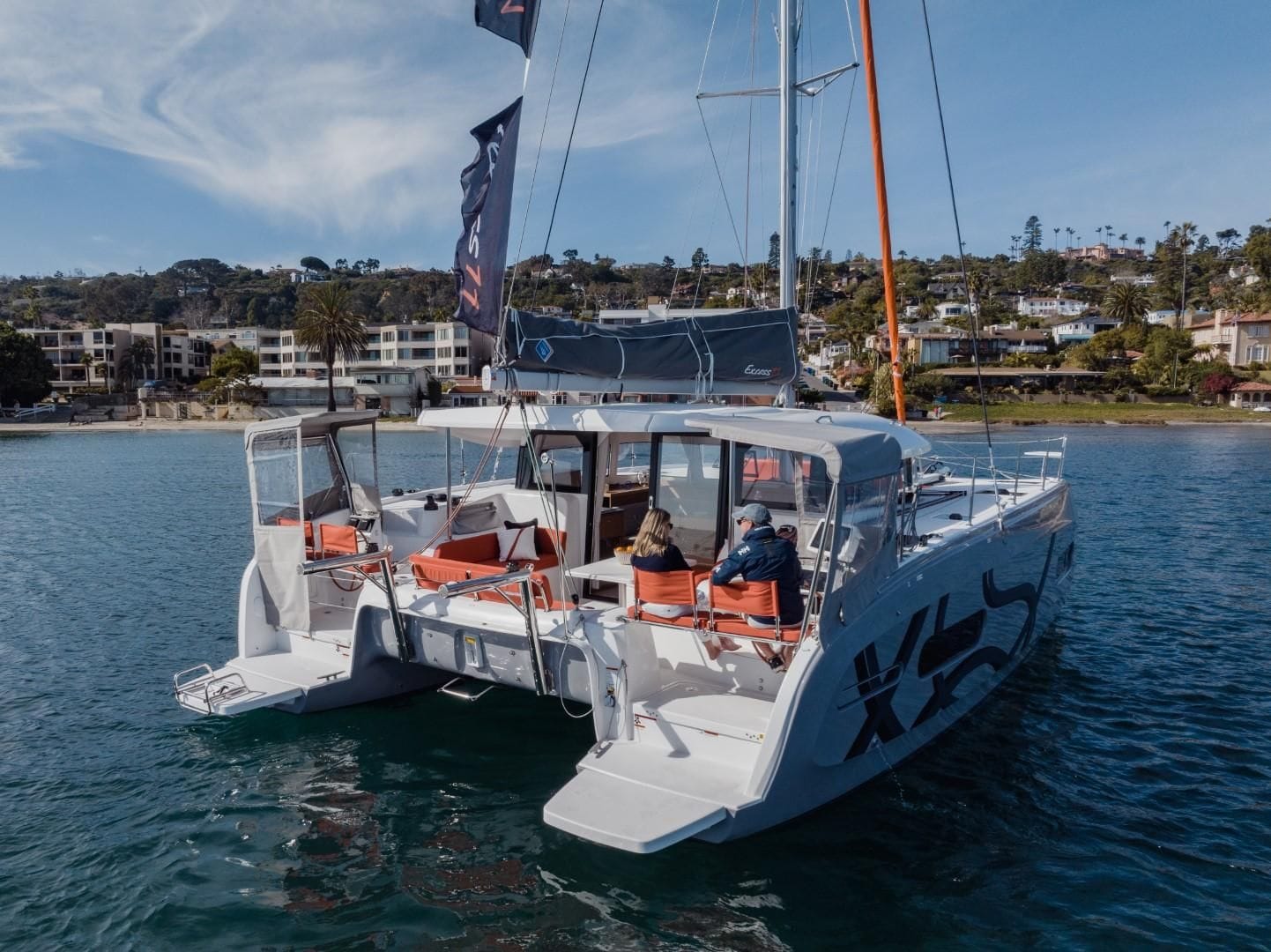
2. Buying Catamarans in 2025 – What’s Changed?
a. Design & Innovation Trends
New models emphasize low-profile coachroofs, bigger bridgedecks, and flybridges with helm stations and lounge areas that rival motor yachts. Builders like Balance, Outremer, and Sunreef are integrating performance sailing features—like carbon rigging and foil‑ready hulls—alongside solar, energy‑efficient systems, and interior comfort.
b. Propulsion & Sustainability
Electric and hybrid propulsion options are gaining traction. For example, batteries powering electric pods for quiet, emission‑free cruising, supplemented by diesel generators when needed. Installations like solar arrays, heat‑pump water heaters, and lithium battery banks are also becoming standard among mid to upper-tier models.
c. Flexible Layouts for Cruising & Charter
Modular hull layouts now allow for four to six cabins with ensuite heads, convertible crew quarters, or oversized owners’ suites. Hard‑top biminis, forward sun pads, performance dinghy garages, and water‑toy storage are common upgrades—even for 40‑ to 50‑foot models.
d. Digital Integration on Board
Newer catamarans are equipped with touchscreen navigation, integrated NMEA2000 systems, high‑power onboard Wi‑Fi, remote monitoring, CCTV, and advanced battery management systems. These features make long‑distance voyages, anchors stays, or even living aboard simpler and safer.
3. Defining Your Budget
a. New Catamarans (2025 Prices)
| Size (LOA) | Entry Level | Mid-Range | High-End / Custom |
|---|---|---|---|
| 40–45 ft | $400k–$600k | $600k–$900k | – |
| 45–55 ft | $700k–$1.2M | $1.2M–$1.8M | Up to $2.5M |
| 55–65 ft | $1.5M–$2.5M | $2.5M–$4M | $4M–$8M |
| 65–75 ft | – | $4.5M–$6M | $6M–$12M+ (custom, luxury) |
| 75+ ft | – | – | $10M–$30M+ (mega catamarans) |
b. Pre-Owned Options for Cost Efficiency
Buying a used catamaran for sale you can save 20–50% versus new, depending on age, upgrades, and maintenance. Look for vessels with recent refits, upgraded systems (e.g., lithium systems, new sails, engines), and full service records.
Example: A 2016 Lagoon 450 with a 2022 SP systems refit may list for $350k–$450k versus $900k+ new.
4. Must-Have Considerations Before Buying
1. Hull Construction & Maintenance
Look for solid fiberglass hulls with end-grain balsa or foam cores above the waterline. Inspect for delamination, blistering, or cracks. Core-sample tests can highlight structural concerns beneath cabins and saloon areas.
2. Rig & Deck Layout
Catamarans generally require in-mast or battened main sails. Carbon or aluminum rigging needs inspection periodically. Evaluate deck ergonomics: line handling, dodgers, cockpit winches, and flybridge access.
3. Mechanical Systems
Check the condition and age of engines, generators, water-makers, batteries, water heaters, air conditioners, and refrigeration. Ask for original spec sheets and review maintenance logs.
4. Electrics & Electronics
Modern navigation includes multifunction displays, AIS, radar, autopilots, wind sensors, and autopilots. Ensure clean NMEA2000 wiring, redundancy in navigation, and complete battery and solar setups.
5. Insulation & Climate Preparedness
Look for insulation in hulls, solar-reflective windows, HVAC systems, and coachroof ventilation. Are portlights and hatches rated for ocean crossings or hurricane-level conditions?
6. Seaworthiness & Handling
Smaller catamarans (under 45 ft) may be tender in big seas, but mid-size to large models offer better offshore comfort. Rough-water models (e.g., Leopard 50, Outremer 5X) feature wave-piercing bows and fully sealed crossbeams.
7. Warranty & Support Network
Choose brands with global service networks—Lagoon, Fountaine Pajot, Leopard, and Bali have solid after-sales support. Custom-build categories should offer at least one-year hull warranties.
8. Resale Value & Charter Appeal
Models with factory backups, good depreciation curves, and respond to charter-friendly layouts often hold value better—especially in the 45–55 ft range.
5. Top Catamarans for Sale in 2025
a. Fountaine Pajot Saona 47
- Strengths: Elegant flybridge, 4-cabin ensuite layout, powerful solar options.
- Ideal For: Families and couples looking for comfort and cruising capabilities with charter potential.
b. Lagoon 51
- Strengths: Oversized flybridge, modular interior, up to 6 cabins.
- Ideal For: Large groups or owner-operators wanting volume and versatile layouts.
c. Leopard 50
- Strengths: Heavy-duty hull, Seawind deck flow, Meccanicode joinery.
- Ideal For: Long-distance cruisers and bluewater families.
d. Balance 526
- Strengths: Lightweight composite hull, high-performance sail plan, elegant finish.
- Ideal For: Performance-minded cruisers combining luxury with speed.
e. Sunreef 60 Eco
- Strengths: Solar-electric propulsion, full glass superstructure.
- Ideal For: Eco-conscious buyers who want luxury without compromise.
f. Outremer 4X
- Strengths: Offshore-ready, wave-piercing bows, low displacement.
- Ideal For: Serious circumnavigators and performance voyagers.
g. Bali Catspace
- Strengths: Expansive saloon/dining convertible space, open transom.
- Ideal For: Charter operations or liveaboard comfort.
h. Lagoon 75 (Super‑luxury option)
- Strengths: Massive flybridge and sundecks, Jacuzzi, master on main deck.
- Ideal For: Ultra-luxury owners or commercial charter use.
6. The Purchase Process – Step by Step
- Define Objectives: Clarify needs—cruising range, number of berths, charter vs owner use, racing vs comfort.
- Research & Shortlist: Use forums, broker sites, and owner feedback to choose 3–5 models.
- Inspect In Person: Review hull integrity, systems operation, sailing or engine testing.
- Survey & Sea Trial: Hire a qualified marine surveyor to supervise.
- Negotiate & Offer: Use market insights to frame a fair offer, considering upgrades or refit needs.
- Closing & Insurance: Finalize inspections; set up insurance with hull, liability, and duty coverage.
- Training & Familiarisation: Invest in advanced catamaran handling and systems training.
- Delivery & Cruise Plan: If overseas, organize delivery skipper and cruising validation.
7. Operational Insights & Ongoing Costs
a. Docking & Maintenance
Wider beam means marina berthing can be 1.2–1.5× costlier than monohulls. Maintenance includes twin engines, redundant systems, and possible foil upkeep.
b. Insurance
Expect rates of 1.5–2% of insured value—electric hybrids may qualify for discounts. Consider additional liability insurance for charters.
c. Fuel & Energy Management
Underpower, expect excellent range—typically 300–500 nm at 8–10 knots. Solar and lithium banks can reduce generator usage to 1–2 hours per night.
d. Crew & Charter Revenue
Owner-operators may self-skip, but crew can ease operations. Charter catamarans can generate $15k to $80k/week depending on location and amenities.
e. Resale Planning
Keep service logs, sail repairs, and engine overhaul records. Track electronics upgrades and refits for better re-sale positioning.
8. Charter vs Owner-Use Considerations
- Charter-oriented boats should have 4–6 cabins, durable finishes, loading-friendly decks, and clear compliance with international regulations.
- Pure owner boats often favour open living space, fewer cabins, premium interiors, and eco-systems.
- Hybrid models—like Sunreef Eco or Bali Catspace—balance luxury with flexible cabin configurations.
9. Liveaboard Realities on a Catamaran
With its spacious layout and comfort, a catamaran makes ideal liveaboard living. Yet remember:
- Storage Management: Even large platforms require methodical packing.
- Climate Control: Install 24/7 AC, dehumidifiers, and proper insulation for liveaboard comfort.
- Tech Infrastructure: Fast Wi‑Fi, remote power monitoring, and satellite comms are essential.
- Waste & Water Systems: Ensure grey/black water handling and shore-power connectivity.
- Community & Safety: Anchor near marinas and immerse in boater communities for support.
10. Final Verdict: Is a Catamaran Right for You?
Choose a catamaran if you prioritize:
- Guest comfort and seasickness prevention
- Spacious living and social environments
- Shallow‑water access and multiple cruising options
- Hybrid charter/owner lifestyle with potential income
- Offshore capabilities with enhanced stability and safety
If you prefer streamlined performance, solo passage-making, or lower berthing costs, a high-end monohull may better suit your needs.
11. Next Steps to Your Catamaran Ownership
- Define priorities—passenger count, cruising range, lifestyle, and budget
- Select ideal size range—40–45 ft for couples, 50–55 ft for families/charter, 60 ft+ for luxury
- Choose your builder—consider after-sales support, build quality, vessel layout
- Inspect and survey thoroughly with reputable marine specialists
- Arrange financing & insurance—work with marine lenders and brokers experienced with catamarans
- Train and prepare—invest in catamaran handling and systems training
- Develop your cruising plan—register, flag, and ready your provisioning and logistics
Owning a catamaran in 2025 offers not just a vessel, but a lifestyle—balancing comfort, elegance, and freedom at sea. By understanding market trends, prioritizing key structural and system elements, and selecting the right partner and layout, you can elevate your yachting dreams into reality.
